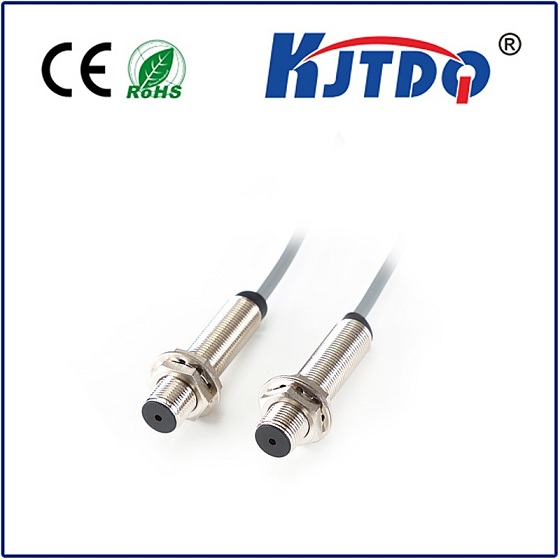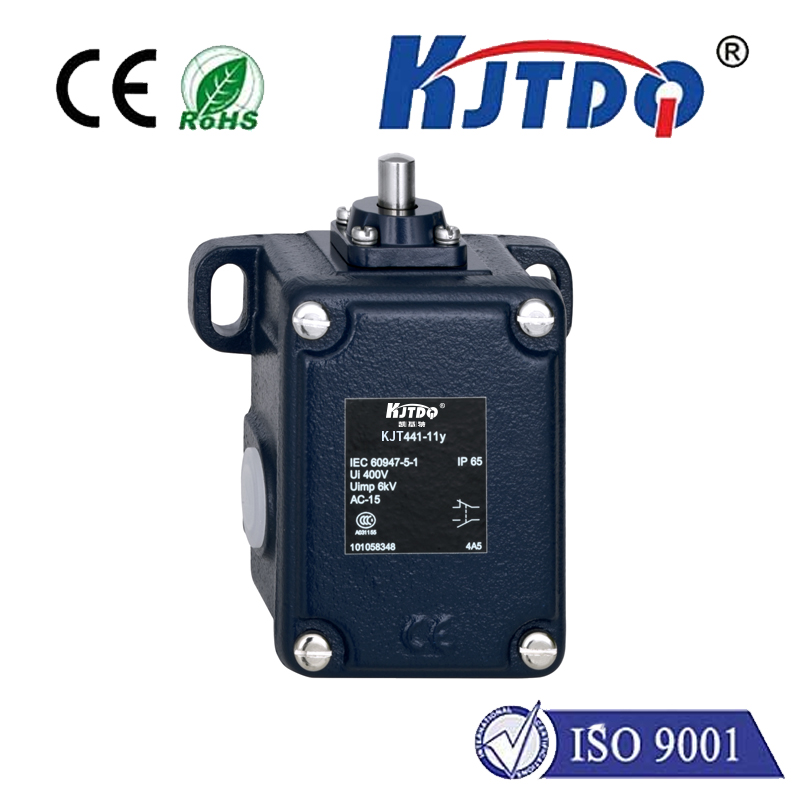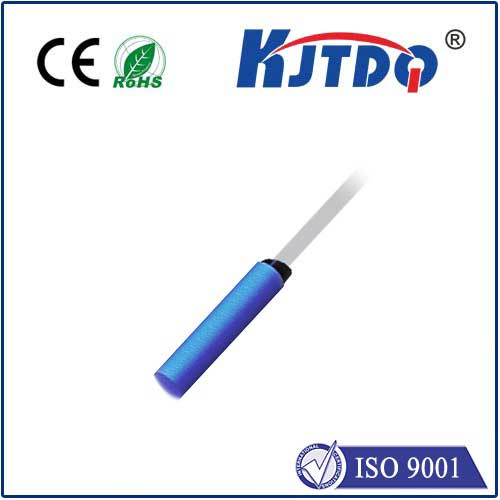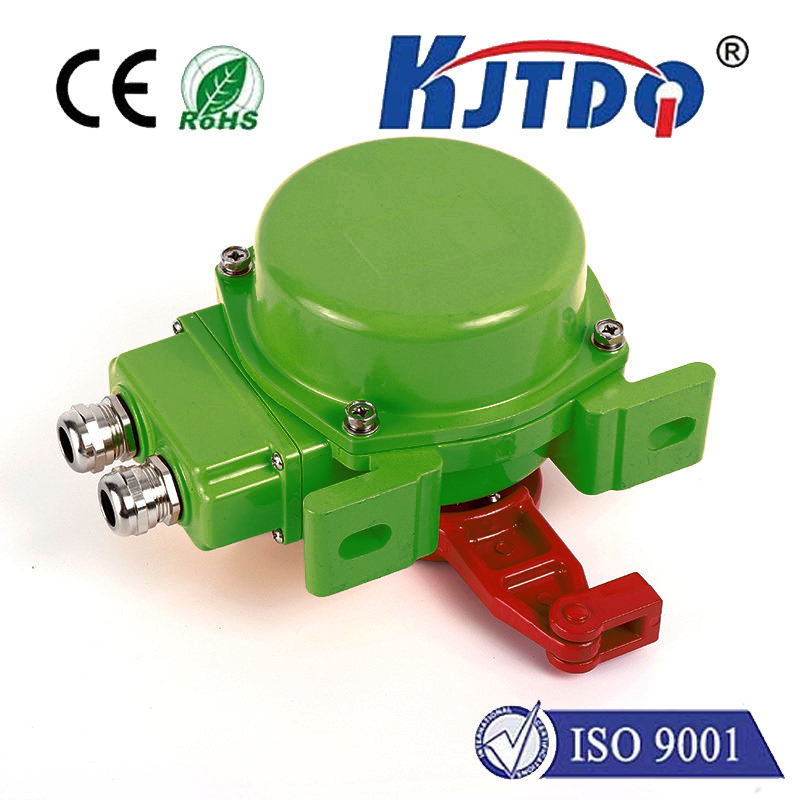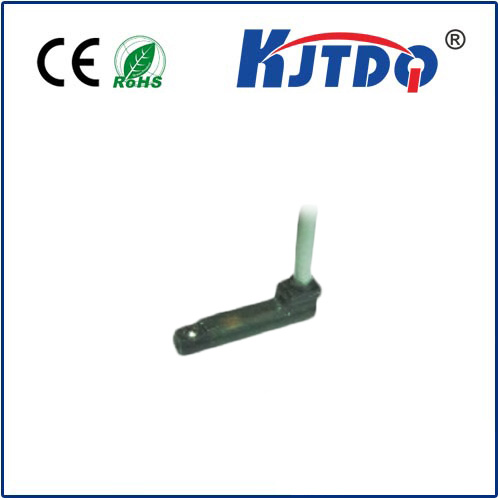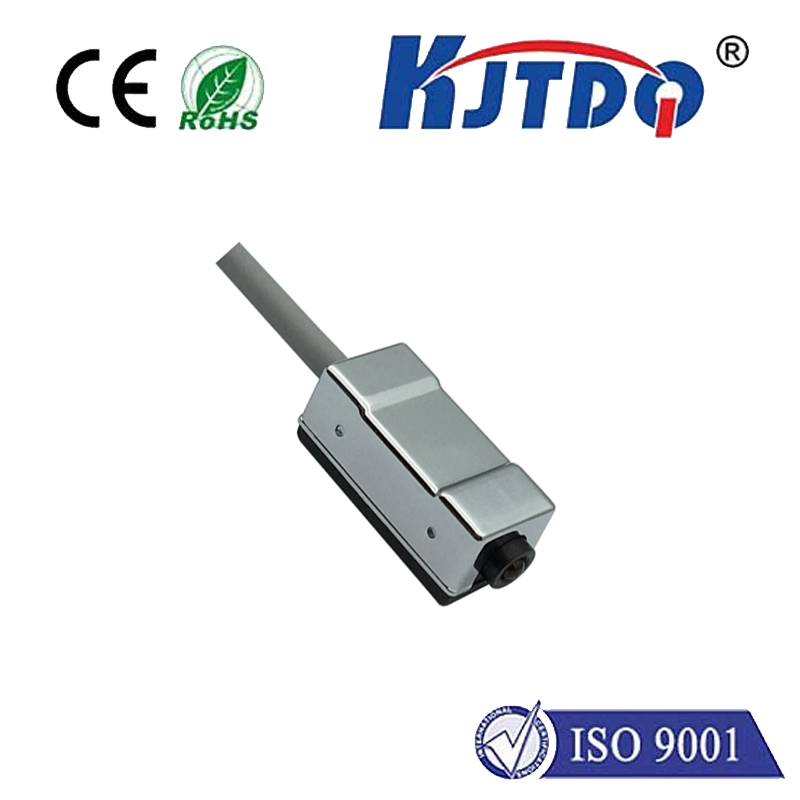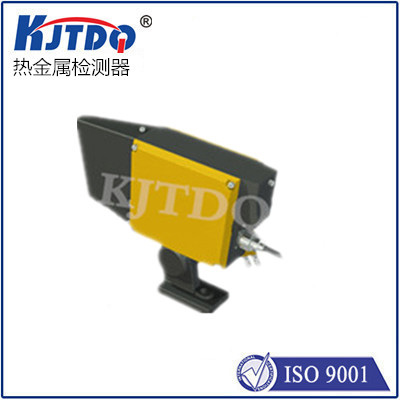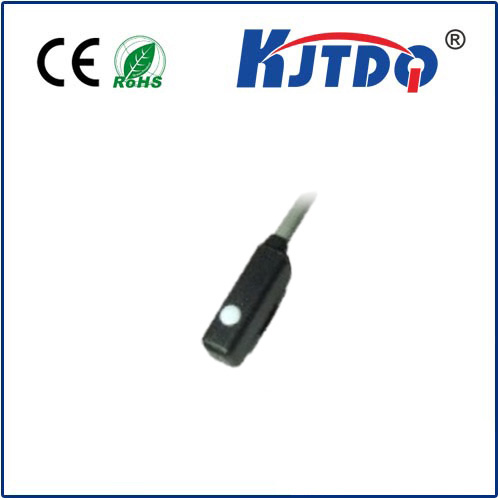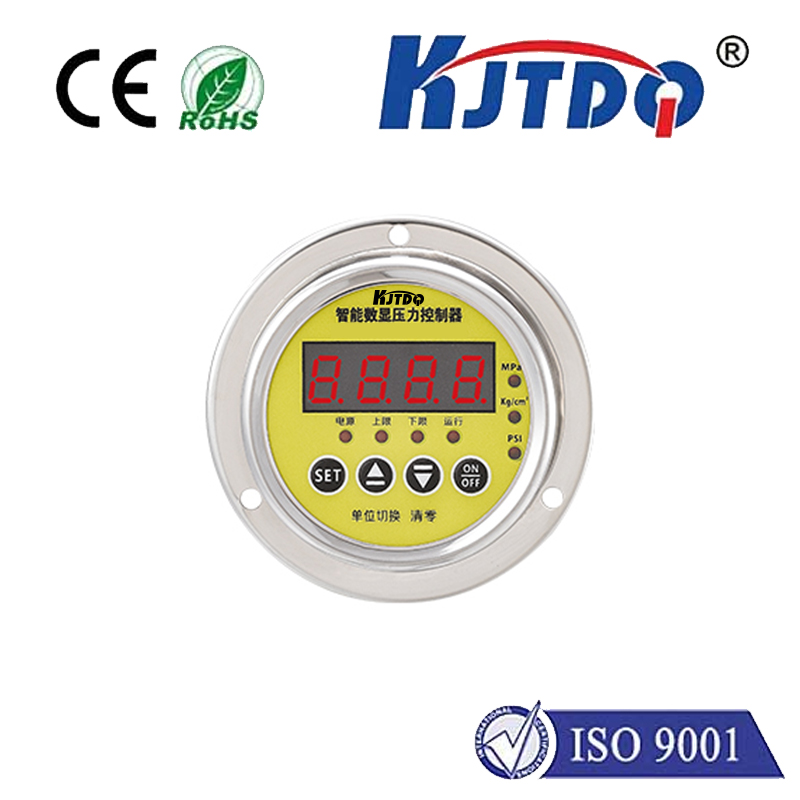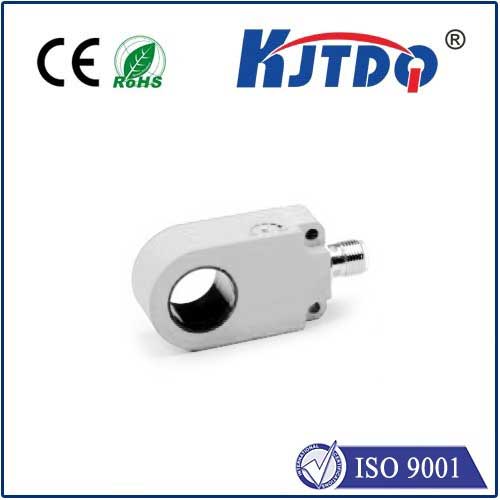proximity sensor with relay
- time:2025-06-25 02:53:56
- Click:0
Unlocking Automation: How Proximity Sensors and Relays Work Together for Smarter Control
Imagine a factory assembly line. Precise, repetitive tasks happen continuously – parts moving, machines welding, items being packaged. Now, imagine if every time a part reached a certain point, someone had to push a button to trigger the next step. Slow, inefficient, prone to error, and frankly, a terrible use of human skill. The need for automated, contactless detection and seamless action is paramount. This is precisely where the powerful partnership of proximity sensors and relays comes into play, forming a fundamental building block of modern industrial automation and control systems.
At its heart, this combination solves a critical problem: enabling a low-power sensing device to control high-power devices safely and effectively. Proximity sensors are the silent observers, detecting the presence or absence of an object without physical touch. Relays are the robust switches, acting as intermediaries to manage heavy electrical loads. Together, they create a versatile, reliable, and scalable solution for countless applications.
The Players: Proximity Sensors and Relays Explained Simply
Proximity Sensors: These non-contact electronic devices detect metallic (inductive sensors) or non-metallic (capacitive sensors) objects within a specific detection range. They work by generating an electromagnetic field or sensing changes in capacitance. When a target object enters this field, the sensor’s internal circuitry triggers a switching action, typically changing its output state from high to low voltage, or vice-versa. Key advantages include:
No Physical Contact: Eliminates wear and tear, ideal for harsh environments.
Fast Response: Capable of detecting objects at high speeds.
Reliable Operation: Unaffected by surface conditions like oil, dust, or water (depending on sensor rating - IP67/IP68 is common).

Variety: Available in diverse form factors (cylindrical, block, slot) and sensing ranges.
Electromechanical Relays: These are electrically operated switches. A low-power electrical signal (like the output from a proximity sensor) is applied to the relay’s coil. This generates a magnetic field that physically moves internal contacts, either opening or closing a separate, higher-power circuit. This provides crucial isolation between the control circuit (sensor side) and the load circuit (motor, solenoid, lamp, etc.). Relays are chosen based on:
Coil Voltage: Must match the sensor’s output signal type (e.g., 12V DC, 24V DC).
Contact Configuration: Normally Open (NO), Normally Closed (NC), or changeover (SPDT).
Contact Rating: The voltage and current the relay contacts can safely handle for the load (e.g., 240V AC, 10A).
The Powerful Synergy: Why Combine Them?
While some proximity sensors have outputs capable of driving small loads directly, their primary role is detection, not power switching. This is where the relay becomes indispensable. Here’s why this pairing is so effective:
- Load Handling Power: This is the core reason. Most proximity sensors output relatively low current (typically tens or hundreds of milliamps). Connecting a large motor, solenoid valve, powerful lamp, or heater directly would overload and destroy the sensor. A relay allows a tiny sensor signal to control a much higher-power load. Think of the sensor as a whisper; the relay amplifies it into a shout understood by heavy machinery.
- Electrical Isolation: Relays provide a physical separation (galvanic isolation) between the sensitive sensor circuit and the potentially noisy, high-voltage power circuit. This protects the sensor and the control logic (like a PLC) from voltage spikes, electrical noise, or faults occurring in the load circuit.
- Circuit Simplification: Using a relay allows the proximity sensor to be connected to standard low-voltage control wiring (e.g., 24V DC), which is safer, easier to install, and troubleshoot, while the relay manages the separate, potentially higher-voltage power circuit for the load.
- Versatility: Relays come in vast arrays of contact configurations and ratings. A single sensor output can be used to control multiple relays, or a relay can switch multiple loads simultaneously, providing significant circuit design flexibility. Relays can also easily switch both AC and DC loads with the appropriate model.
- Safety Enhancement: In safety-critical applications, relays (often safety-rated relays) are used as part of circuits that ensure dangerous machinery shuts down when a protective guard is opened or a person is detected nearby. The sensor detects the condition, and the relay acts as a reliable switch to cut power.
How the Proximity Sensor Relay Circuit Works (The Classic Setup)
The most common configuration is beautifully simple:
- Power Supply: A DC power supply (e.g., 24V DC) powers the proximity sensor and provides the voltage for the relay’s coil.
- Sensor Output: The proximity sensor’s output wire (usually the brown wire on DC 3-wire sensors) is connected to one terminal of the relay’s coil.
- Completing the Coil Circuit: The other terminal of the relay’s coil is connected to the negative (-) or common (0V) side of the power supply.
- Sensor Activation: When the proximity sensor detects a target, its output switches (e.g., if it’s an NPN NO sensor, it connects its output to 0V). This completes the circuit through the relay coil.
- Relay Energization: Current flows through the relay coil, magnetizing it. This causes the internal relay contacts to physically move.
- Load Switching: The moving relay contacts either close (for NO contacts) or open (for NC contacts) the separate, higher-power circuit connected to them. This controls the attached load (e.g., turning on a motor starter coil, activating a solenoid valve, lighting a warning lamp).
- State Change: When the target object moves away, the sensor’s output deactivates (reverts to its normal state). This interrupts current to the relay coil, causing it to de-energize and the contacts to return to their resting position, switching the load off (or on, depending on contact configuration).
Key Applications: Where You Find Proximity Switches and Relays
The combination is ubiquitous across industries:
- Conveyor Systems: Detecting objects on a line to start/stop conveyors, activate sorting arms, or count items. The sensor sees the item, the relay controls the conveyor motor contactor or sorting mechanism.
- Machine Guarding: Ensuring safety doors are closed before machinery operates. A proximity sensor detects the guard position; the relay interrupts power to dangerous motors if the guard is open.
- Packaging Machinery: Triggering fillers, sealers, or labelers when a product is in position. Precise detection ensures accurate operation.
- Material Handling: Controlling pneumatic cylinders (via solenoid valves) for part positioning or clamping. The sensor locates the part, the relay fires the solenoid valve.
- Automotive Assembly: Verifying part presence during assembly processes and triggering tools. Reliability is critical in high-volume production.
- Level Control: Using capacitive proximity sensors to detect liquid or solid levels in tanks, triggering pumps (via relays) or alarms. Non-contact sensing prevents contamination.
- Simple Automation Tasks: DIY projects like garage door openers (detecting the door position), automated lighting controls, or security systems.
Choosing the Right Components: Sensor and Relay Selection
Success hinges on selecting compatible and appropriately rated components:
- Sensor Type: Inductive for metal, capacitive for non-metals or liquids through barriers. Consider the required sensing distance and environmental factors (IP rating, temperature).
- Sensor Output: Ensure the sensor output type (NPN vs. PNP,












